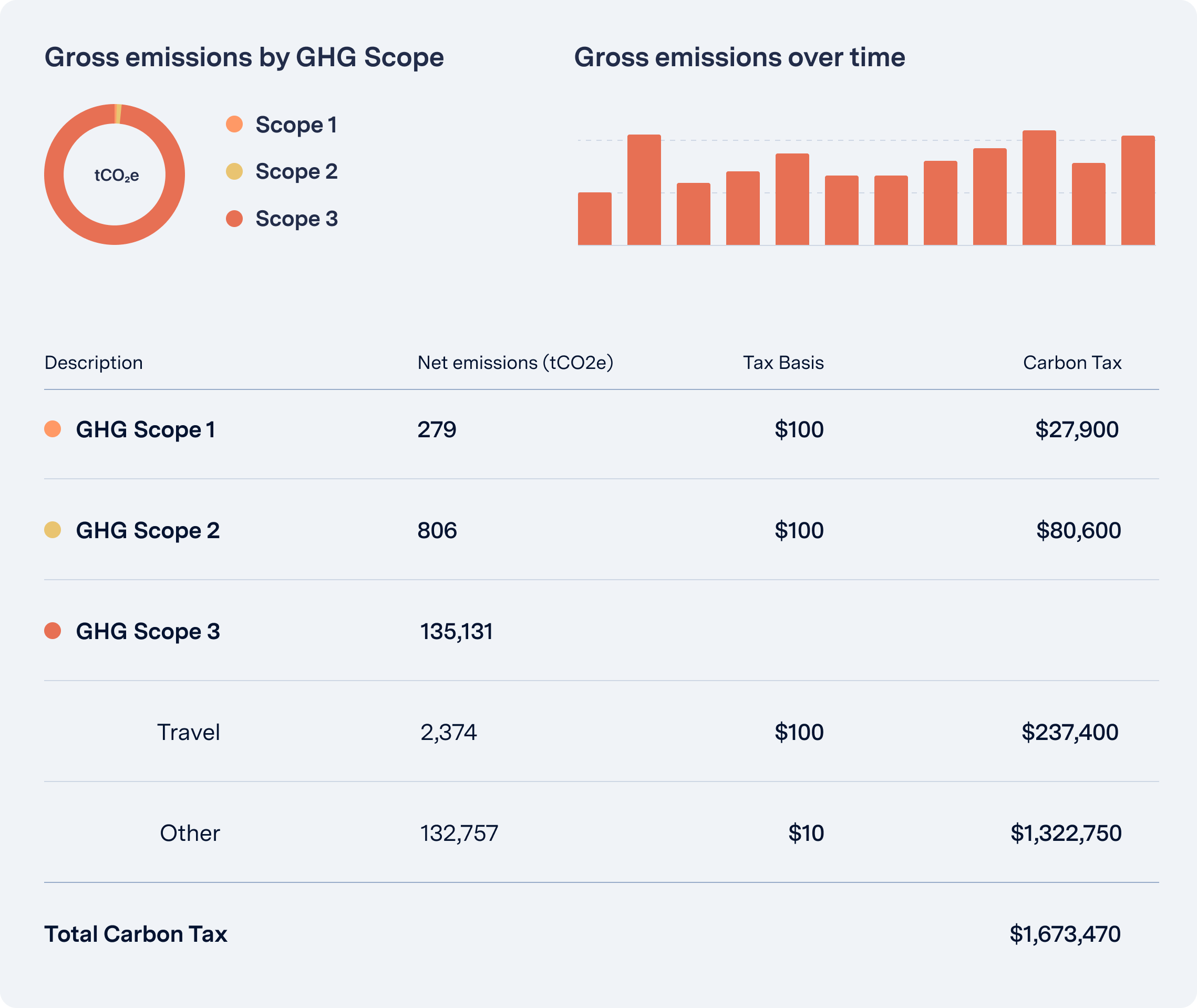How Klarna is making shopping more sustainable for millions
Published • Last updated
Most know Klarna as a leader in enabling Buy Now, Pay Later shopping experiences, which allow consumers to easily split or delay payments for larger purchases to make them more budget-friendly. But underpinning this mission to bring consumers shopping flexibility is another mission: to build a business that supports a healthy planet.
With 147M consumers and 400K merchants using their platform, Klarna has a massive surface area for action, and everyone—from front-line employees to senior leadership—is united around making shopping a less carbon-intensive activity for all.
Setting a foundation for action
Klarna took the right first step and started with measurement—making sure they understood exactly how much carbon was lurking in their operations and supply chain.
A few of the early wins from that effort:
-
Gaining a better understanding of their office footprint encouraged them to shift how they purchased electricity. Two-thirds of their offices (23 of 35; and counting!) have now been converted to run on clean energy, with the rest on pace for 2025.
-
They began tracking the intensity of their emissions by dividing the totals by business metrics like revenue, which let them understand how much more carbon-efficient their operations were becoming as they continued their rapid growth.
But important as first steps are, Klarna then decided on a far more important action—that has both redefined how they make everyday decisions and allowed them to fund high-impact climate work elsewhere: they introduced an internal carbon tax.
Putting a price on their own emissions
As the world has moved slowly towards directly taxing carbon, some forward-thinking companies have simply assigned a tax on themselves.
When Klarna reviews what they spend money on now, they use Watershed to calculate the net emissions of each business activity, then they set aside $100 for every tonne of emissions from their facilities, operations, purchased electricity, and travel—or $10 per tonne for activities happening in their supply chain (“Scope 3” emissions).

It’s a powerful mechanism. Where pushing for low-carbon alternatives for anything from office fittings to marketing materials was once a nice idea, with an internal carbon tax it became a financial necessity. Suddenly everyday business decisions were now aligned with the goal of radically reducing emissions—which not only benefits the planet, but passes on a smaller carbon footprint to every brand and consumer that shops with Klarna.
And what does Klarna do with these taxes? These taxes are moved to the Climate Transformation Fund, where the money gets invested in both the present (climate advocacy) and the future (frontier carbon removal). Climate advocacy covers a range of causes including forest protection, human rights, and clean air. As for carbon removal, Klarna purchases credits from innovative carbon removal companies using, for example, biochar or enhanced weathering to permanently remove CO2 from the atmosphere.
Seeing (and managing) the whole picture
As they got deep into their footprint data, Klarna was surprised to find an unexpected activity dominating it: marketing spend. Every ad agency has their own offices, and every ad platform its own emissions. And it all adds up!
This is the great challenge facing companies today: their own immediate emissions are only a small piece of the puzzle. They also have to positively influence the carbon intensity of all the partners and suppliers whose inputs go into their products—ensuring a lower total footprint.
But this is exactly the type of work required to bend a company’s carbon graph, and it's where Watershed can help. Klarna now uses Watershed to gather emissions data on their largest vendors and partners, which helps them understand which levers to pull to drive real impact.
If we can help enable this kind of insight for your company, please get in touch.
Raising the bar
In 2021, Klarna launched its Give One Initiative: a pledge to dedicate 1% of all newly raised funds to planet health action. As of late 2021, Klarna has committed $16.5M to this program, which funds its carbon reduction program and carbon removal initiatives. They’re also pioneering in allowing consumers to donate to climate-positive projects through the Climate Transformation Fund as part of their shopping experience
Klarna is now committed to cutting their carbon intensity in half by 2030, and to operating at net zero emissions by no later than 2040.